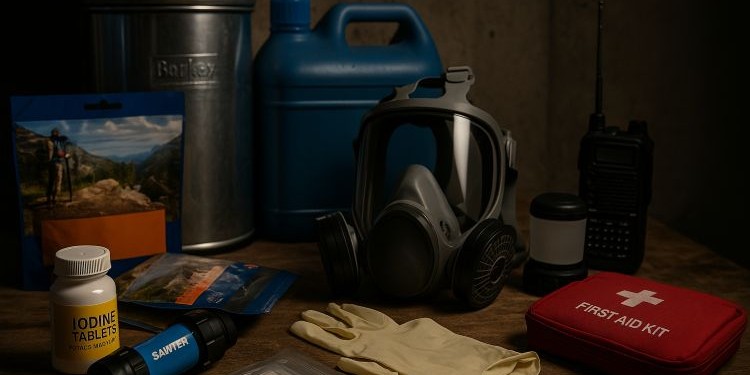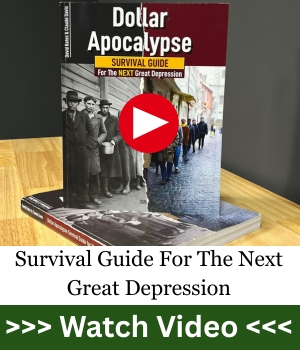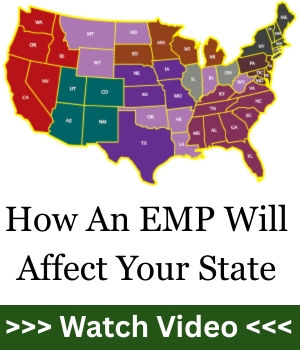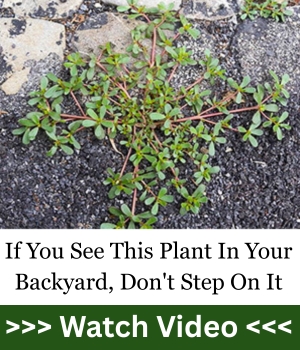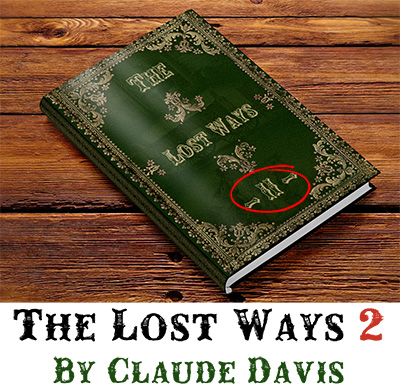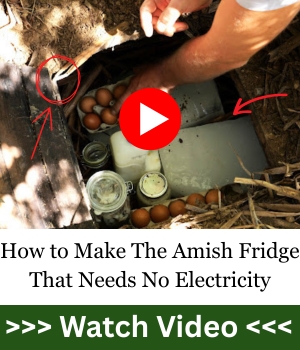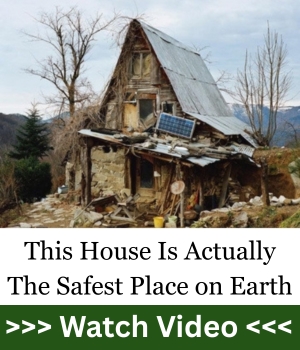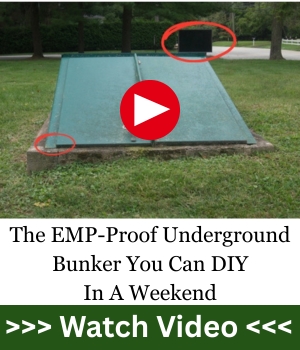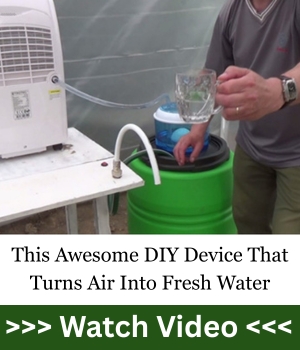Let’s cut the fluff. If the unthinkable happens—a nuclear event—you won’t have time to argue, scroll, or hope someone else saves you. You’ll have what you prepared. The elites have bunkers stocked like fortresses. What do you have? That’s the question.
People laugh off nuclear prep like it’s a Cold War relic. But think about it: tensions are rising, nations are testing missiles, and “limited strike” keeps getting tossed around like it’s a board game move. Meanwhile, government agencies stockpile radiation medicine and quietly draft evacuation maps. They’ll never announce this stuff on the evening news. They don’t want panic. But you should be paying attention.
When the blast hits—or even when the threat looms—you won’t have time to build this kit. That window of action is now. And the truth? Every missing piece in your kit equals a higher chance you’ll join the statistics instead of the survivors.
Potassium Iodide (Iodine Pills)
Radiation doesn’t ask politely before wrecking your thyroid. Iodine pills are your first shield. One pill can block radioactive iodine from settling in your body. Governments hoard them. Pharmacies run out at the first sign of “emergency.” If you don’t already have a bottle in your kit, you’re betting on luck—and luck doesn’t last long.
Extra reading: Why You Should Have Iodine Pills in Your Stockpile Right Now
Here’s the trick: not all iodine supplements are the same. Those “sea kelp” vitamins you see at the health store? Worthless in a nuclear event. You need FDA-approved potassium iodide tablets (KI), the kind that emergency management agencies quietly keep in their vaults. And timing matters—you don’t pop these after exposure and expect miracles. They need to be taken shortly before or right after fallout arrives to do their job.
Why are these little pills so important? Because your thyroid is like a sponge. It sucks up iodine, whether good or radioactive. If it fills with stable iodine from the pills, there’s no room for the radioactive kind. Simple, effective, life-saving. That’s why they disappear from shelves instantly when headlines hint at nuclear danger. So don’t wait for headlines. Stock them now.
Water and Filtration
Fallout poisons everything. That clear stream you thought was safe? It could be a toxic cocktail after fallout settles. Store at least 3 gallons per person, but don’t stop there. Get portable filters, purification tablets, and—if you’re serious—gravity-fed systems. Without clean water, survival drops to days, not weeks.
Extra reading: How Much Water You Should Store for Your Family
But here’s the problem most preppers ignore: plastic jugs and bottles degrade. That stash of gallon water bottles in your closet? Useless if they leak or if the water inside becomes a breeding ground for bacteria. Rotate your water supply every six months. Use food-grade containers and store them in a cool, dark space. It’s not glamorous, but it’s survival.
Filtration is your backup, not your first plan. Fallout dust can settle on water sources for weeks after an event. Boiling won’t remove radiation. You need real filters designed to strip particulates, paired with activated charcoal to absorb chemical nasties. Think Sawyer, Berkey, or Katadyn—not some $20 camping straw off Amazon. If you’re betting your life on it, buy the best.
Food Supply
The average grocery store has 72 hours of food. After that, chaos. You need calorie-dense, long-lasting foods: rice, beans, freeze-dried meals, hardtack, canned protein. Don’t just stock food—rotate it. Nothing screams failure like opening your kit and finding expired rations.
Extra reading: How Long Can You Survive Without Food?
The key is balance. High-protein canned meat for strength, carbs for energy, fats for calories, and multivitamins to fill the gaps. Freeze-dried meals are great, but they require water—lots of it. Don’t put all your eggs in that basket. Rice and beans? Classic survival fuel, cheap and shelf-stable. Throw in honey—it never spoils and gives a morale boost when everything else tastes like cardboard.
Don’t forget the small things: salt, spices, and coffee. Sounds silly until you’re two weeks in, choking down bland beans, wishing for anything to break the monotony. Morale is survival. If you’re not prepared mentally, you’ll quit long before your body fails.
Protective Gear
Radiation doesn’t glow in the dark like the movies. You won’t see it, but it’ll eat through you just the same. N95 masks, respirators with P100 filters, gloves, goggles, and Tyvek suits give you a fighting chance. The elites won’t tell you this, but the same gear labs use against biohazards works against fallout dust.
Extra reading: US Fallout Shelter Map
Why dust protection? Because fallout is just radioactive dirt. Microscopic particles land on everything—your clothes, your food, your skin. You breathe it in, it coats your lungs, and that’s game over. A respirator with proper filters buys you time and distance. Even a simple mask is better than nothing, but if you’re serious, invest in P100 cartridges.
And don’t cheap out on full-body coverage. Fallout sticks to your clothes. Strip it off before entering your shelter or you drag the danger inside. Tyvek suits are disposable and affordable, which is exactly what you need. And while goggles might seem like overkill, think about radiation burns in your eyes. Protect everything.
Communication Tools
When the grid goes dark, your smartphone becomes a brick. Get a hand-crank radio with NOAA channels, extra batteries, and a backup power bank. Knowledge is survival—updates on fallout patterns or evacuation zones could be the line between safety and disaster.
Extra reading: HAM Radio Secret Frequencies You Should Know About
Most people assume they’ll just “know” what’s happening. Wrong. EMP blasts and grid failures mean no internet, no TV, no cell service. You’ll be blind. That $30 emergency radio suddenly becomes more valuable than your flat-screen TV.
Go one step further with ham radio. Yes, it takes a license now—but in a crisis? Rules evaporate. Ham gives you direct access to operators, emergency responders, and other survivors. The elites will still be communicating. Don’t let them have the information advantage while you sit in the dark.
First Aid Kit
Hospitals won’t be open. Stock antiseptics, burn gel, antibiotics, pain relievers, bandages, and tourniquets. Don’t skimp. Radiation burns, cuts, and infections are more dangerous when medical care is gone. The smallest wound can become a death sentence without supplies.
Extra reading: What You Really Need In Your SHTF First Aid Kit
Think beyond the drugstore kit. You need trauma supplies—chest seals, clotting agents, splints. And learn how to use them. A kit is useless if you panic at the sight of blood. Take a first aid class now. Watch tutorials. Practice.
Radiation exposure weakens your immune system, making infections lethal. Stock broad-spectrum antibiotics if you can get them. Yes, it’s harder now—but many preppers quietly collect “fish antibiotics,” which are often the exact same formulations. Do your homework, because when antibiotics disappear, so do your odds.
Light & Heat
Nuclear winter means cold, dark days. Solar lanterns, hand-crank flashlights, and emergency blankets are not luxuries—they’re lifelines. Fire-starting gear (ferro rods, waterproof matches) ensures you can stay warm even if everything else fails.
Extra reading: The Best EDC Flashlight For All Uses
Think about it: if fallout forces you underground or into a sealed room, you’ll be living without sunlight. Depression hits hard in the dark. A small lantern not only keeps you moving safely but keeps your mind from breaking.
And heat? You can survive weeks without food, but only hours in freezing conditions. Stock mylar blankets, wool gear, and fire-starting kits that don’t rely on lighters running out of fuel. Redundancy is everything—have three different ways to start a fire, minimum.
Weapons & Self-Defense
Here’s the hard truth: desperation turns neighbors into threats. A nuclear event strips away law and order overnight. Firearms, ammo, and non-lethal backups (pepper spray, batons) belong in your kit. Protect your family, or someone else will take what you built.
Extra reading: Silent Weapons You Should Have for When SHTF
History proves it—after disasters, looting and violence spike. Katrina, Venezuela, even blackouts in major cities. Now imagine that during a nuclear event, when fear and desperation are tenfold. If you can’t defend your supplies, you don’t have supplies.
Choose weapons you can actually handle. A gun is useless if you can’t hit a target or if it jams because you never maintained it. Train now. Stock ammo. And always have backups—blades, bats, sprays—because you’ll never know when the first line of defense fails.
Important Documents
Radiation doesn’t erase bureaucracy. Keep IDs, medical records, property papers, and survival manuals in waterproof, fireproof pouches. When the chaos subsides, these documents will decide whether you rebuild—or get erased from the system.
Think of it this way: the world doesn’t end in one blast. Eventually, systems crawl back. Aid agencies, government programs, even banks will start processing survivors. Those with documents get help. Those without? They’re ghosts.
Don’t just store papers—store knowledge. Print survival manuals, first aid guides, even maps of your area. Digital files vanish when the grid does. Paper lasts. And in a crisis, the ability to reference a skill or a map might be the difference between wandering blind and finding safety.
Recommended Gear
Let’s be blunt: most people buy survival gear like they buy kitchen gadgets—cheap, flimsy, and destined to fail the moment they’re needed. In a nuclear crisis, that mistake doesn’t mean inconvenience. It means death. Here’s what should actually make the cut:
Potassium Iodide (Iodine Pills)
- Look for: FDA-approved KI tablets, not “iodine supplements” or kelp capsules.
- Brands to trust: IOSAT, ThyroSafe, ThyroShield.
- Pro tip: Buy extra—these will be worth more than gold in barter.
Water & Filtration
- Gravity-fed filters: Berkey or Alexapure.
- Portable filters: Sawyer Mini or Katadyn Pocket.
- Tablets: Chlorine dioxide tabs (Aquamira, Katadyn Micropur).
- Storage: Food-grade 55-gallon drums with preserver drops.
Food Supply
- Freeze-dried kits: Mountain House, ReadyWise, Augason Farms.
- Staples: Rice, beans, honey, oats, peanut butter.
- Extras: Salt, spices, instant coffee.
Protective Gear
- Respirators: 3M full-face with P100 cartridges.
- Suits: Disposable Tyvek.
- Gloves & Goggles: Nitrile gloves + sealed goggles.
Communication Tools
- Radios: Kaito KA500, Midland ER310.
- Ham radio: BaoFeng UV-5R.
- Power: Goal Zero solar chargers or Anker power banks.
First Aid
- Kits: North American Rescue IFAK.
- Medications: Antibiotics, painkillers, antihistamines.
- Burn care: Silver sulfadiazine or aloe vera gel.
Light & Heat
- Lanterns: Goal Zero Crush Light, Black Diamond Moji.
- Fire tools: Ferro rods, waterproof matches, Bic lighters.
- Warmth: Mylar blankets, wool, propane heaters.
Weapons & Self-Defense
- Firearms: Pump shotgun, AR-15 or AK, plus sidearm.
- Ammo: Stockpile deep.
- Non-lethal: Pepper spray (Sabre Red), batons, fixed-blade knives.
Important Documents
- Storage: SentrySafe pouches or Pelican cases.
- Printouts: Survival guides, maps, medical manuals.
Final Thoughts
A nuclear survival kit isn’t about paranoia—it’s about refusing to be a casualty. The government has contingency plans. The military has bunkers. The elites have safe zones. You? You have the choice right now to prepare or hope. Hope is not a strategy.
Preparation is freedom. It means when the sirens blare or the news ticker screams “detonation,” you don’t collapse into panic. You grab your kit, you know your plan, and you give your family a fighting chance.
Start today. Build it piece by piece. Every can of beans, every iodine pill, every water filter—each one is a vote for your survival. Because when the unthinkable happens, the clock will run out fast. And the only question left will be: did you prepare, or did you trust someone else to save you?

